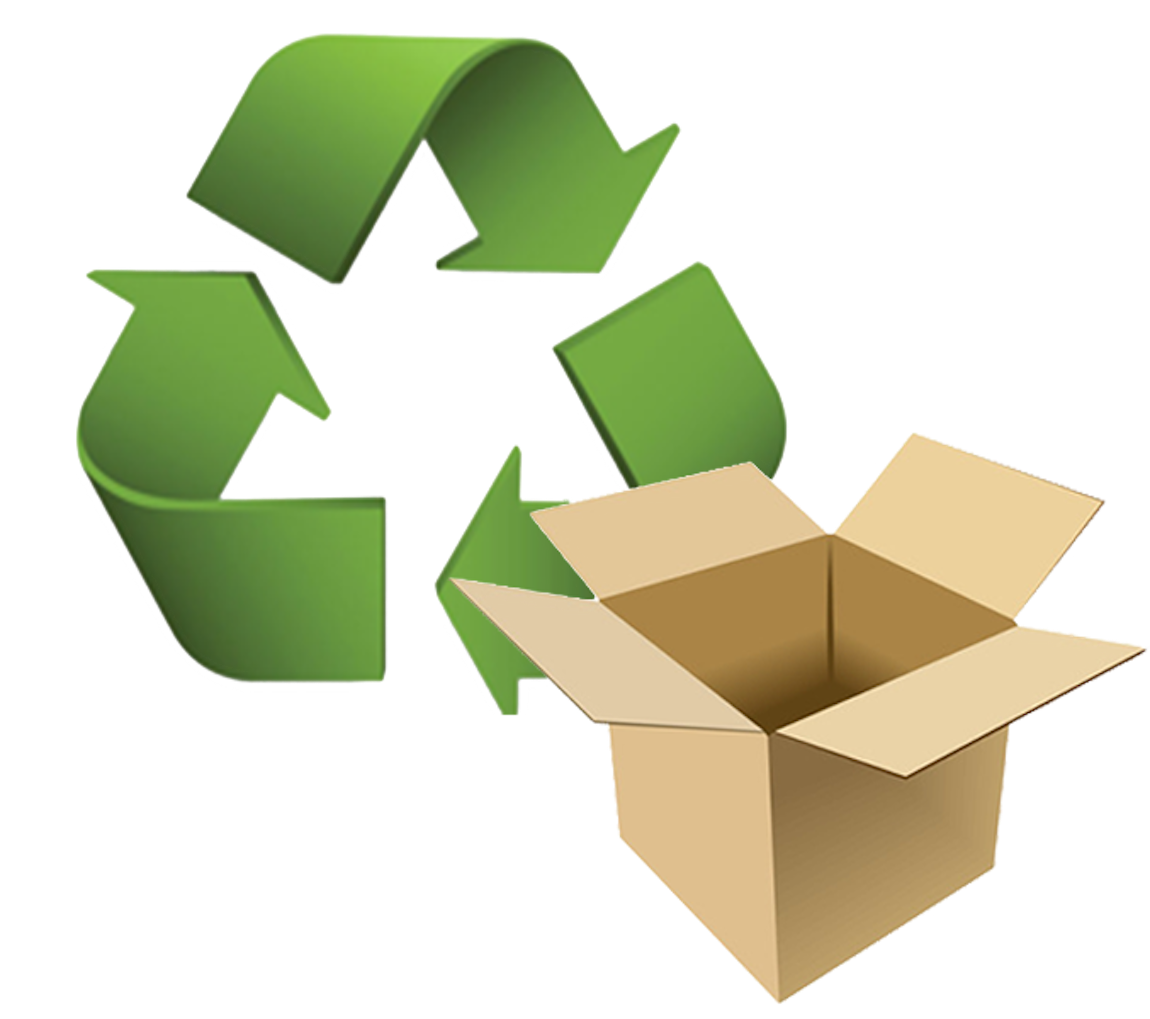Because of this ongoing change in consumer behaviour, the number of manufacturers and retailers actively seeking ‘green packaging solutions’ has increased dramatically. But what does ‘green packaging’ actually mean, and why are terms such as ‘recyclable’, ‘compostable’ and ‘biodegradable’ used in reference? We explain all you need to know in this article.
Recyclable, compostable, and biodegradable packaging
Although these words are frequently used together, they refer to different processes. Below, we’ve explored the differences to help you understand ‘green packaging’ at a greater level.
1. Recyclable packaging
Recycling is the action or process of converting waste into reusable material. This keeps products away from landfill for an extended amount of time. Recyclable materials include paper, glass, metal, card, and certain plastics. But by far the most commonly recycled packaging – corrugated cardboard.
Recycling is great, however there are limits to how many times certain materials can be recycled. For example, every time paper or cardboard is recycled, the fibres become shorter and shorter. Meaning after around 5-7 times paper is recycled, the fibres become too short to adhere to each other and therefore can’t be used again. When it comes to recycling plastics, customers tend to have a difficult time working out what can and can’t be recycled, which can become frustrating, especially for people looking to make a positive impact on our environment.
Retailers and manufactures can support eco-conscious minds by clearly identifying recycling information on their packaging. This gives customer peace of mind when disposing of their packaging. On top of this, businesses can look to use both recycling and reusable packaging solutions. Take reusable mailing bags for example, this product can be used several times for the same purpose, helping materials stay in circulation for longer.




